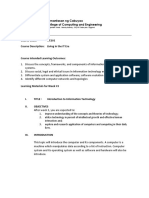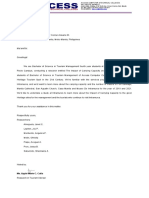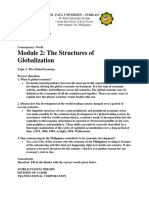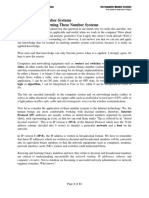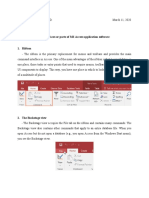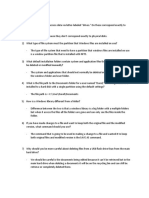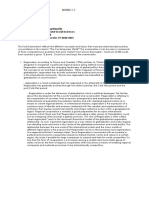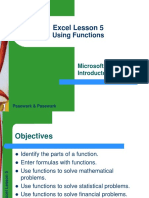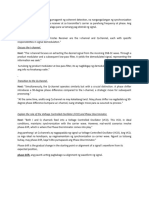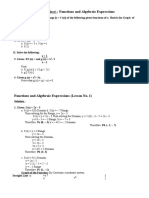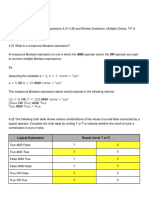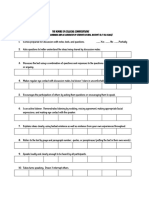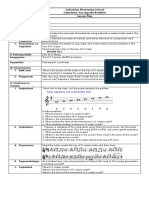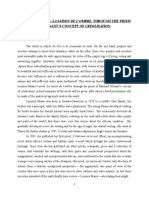0% found this document useful (0 votes)
151 views34 pagesExcel GEELECIT Lesson1
The document discusses working with names, ranges, functions, and lookups in Excel. It covers defining range names, the parts of a function, entering formulas with functions, and different types of functions for mathematical, statistical, financial, logical, date/time, and text operations. The objectives are to learn how to use names in formulas, identify function components, enter formulas with functions, and apply functions to solve various problems.
Uploaded by
Audrey MendozaCopyright
© © All Rights Reserved
We take content rights seriously. If you suspect this is your content, claim it here.
Available Formats
Download as PPTX, PDF, TXT or read online on Scribd
0% found this document useful (0 votes)
151 views34 pagesExcel GEELECIT Lesson1
The document discusses working with names, ranges, functions, and lookups in Excel. It covers defining range names, the parts of a function, entering formulas with functions, and different types of functions for mathematical, statistical, financial, logical, date/time, and text operations. The objectives are to learn how to use names in formulas, identify function components, enter formulas with functions, and apply functions to solve various problems.
Uploaded by
Audrey MendozaCopyright
© © All Rights Reserved
We take content rights seriously. If you suspect this is your content, claim it here.
Available Formats
Download as PPTX, PDF, TXT or read online on Scribd
/ 34









